Rubber-to-metal bonding is a great option for items that need metal stability but rubber’s flexibility. Rubber becomes incredibly strong and long-lasting when linked to metal. These properties are crucial in situations with noise, vibration, and harshness. Rubber-to-metal bonding creates dependable, personalised isolators for machinery. Manufacturers have the flexibility to choose the elastomer and metals to be bonded. Each material has unique qualities, such as temperature resistance, robustness, and more. Read More…
RD Rubber Technology is an ISO 9001:2015 certified company that is highly responsive and flexible to customer needs. We can take care of design, development, and prototyping as well as short run, long run, and high volume production. We offer compression, transfer, LIM, and rubber to metal bonding. We also do silicone to thermal plastic bonding.
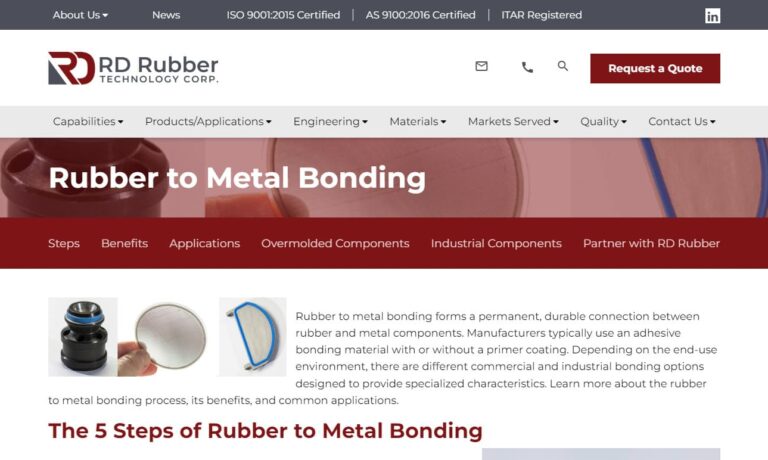
Since 1984 we have been providing excellent high performance solution to our client’s toughest bonded metal to rubber issues. Our skilled teams of engineers and technicians will work closely with you in order to ensure that we are filling your exact requirements on the products that we provide. Allow us to show you the difference when you work with true experienced professionals. Visit our...
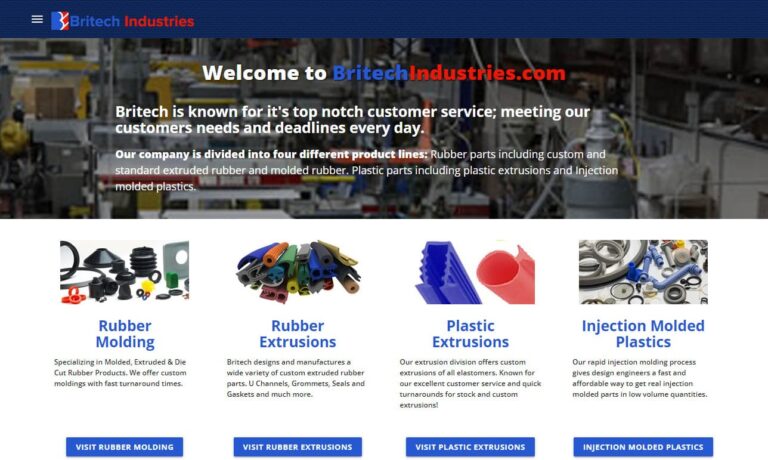
For over 25 years, GSH has provided top quality contract manufacturing services, and we strive to remain on the cutting edge of our industry.

With more than a century of manufacturing experience, Pierce-Roberts Rubber Co. is your source for custom molded rubber products.
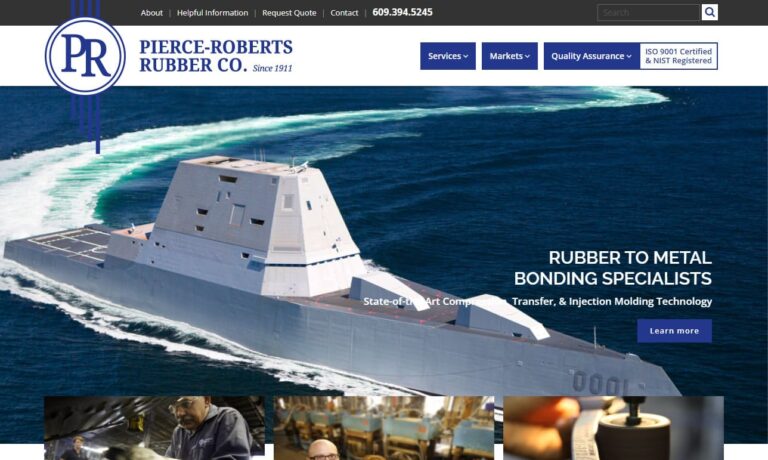
From molding products made of homogeneous rubber, to rubber bonded to metal as well as other various materials. Mason Rubber makes efficient use of state of the art technology to produce a quality product.
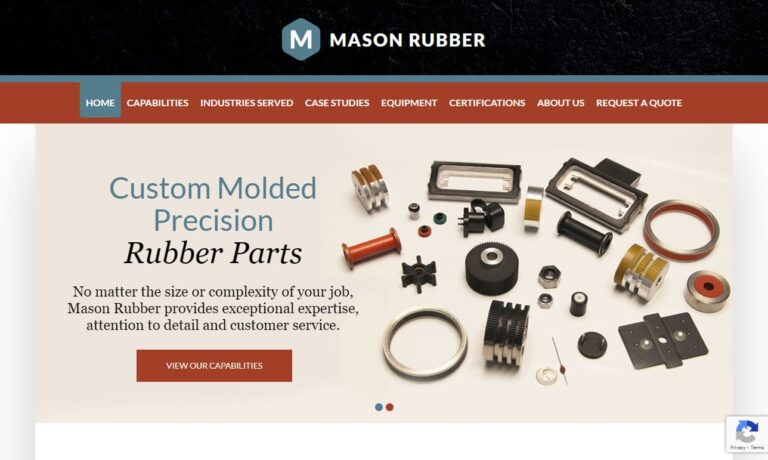
Our economical products are made from high-quality solutions that will last you for many years to come. We are a dependable manufacturer that will work with you every step of the way.
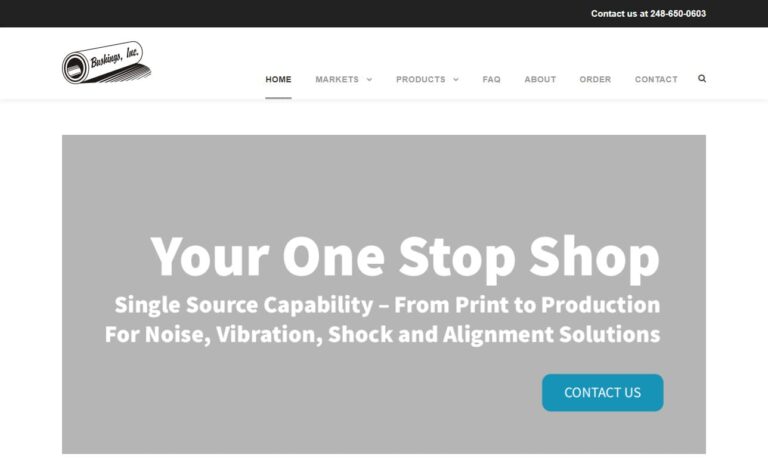
Since 1955, Jet Rubber Company, an Employee Owned Company, has been custom molding rubber and rubber-to-metal components for a variety of industries and applications.
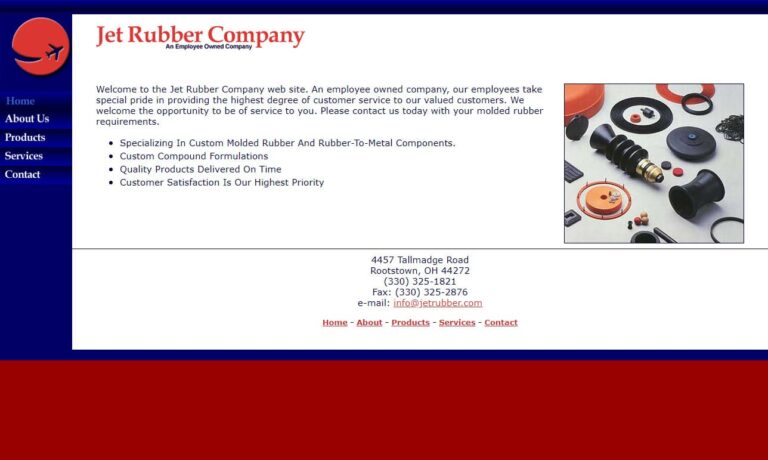
More Bonding Rubber to Metal Manufacturers
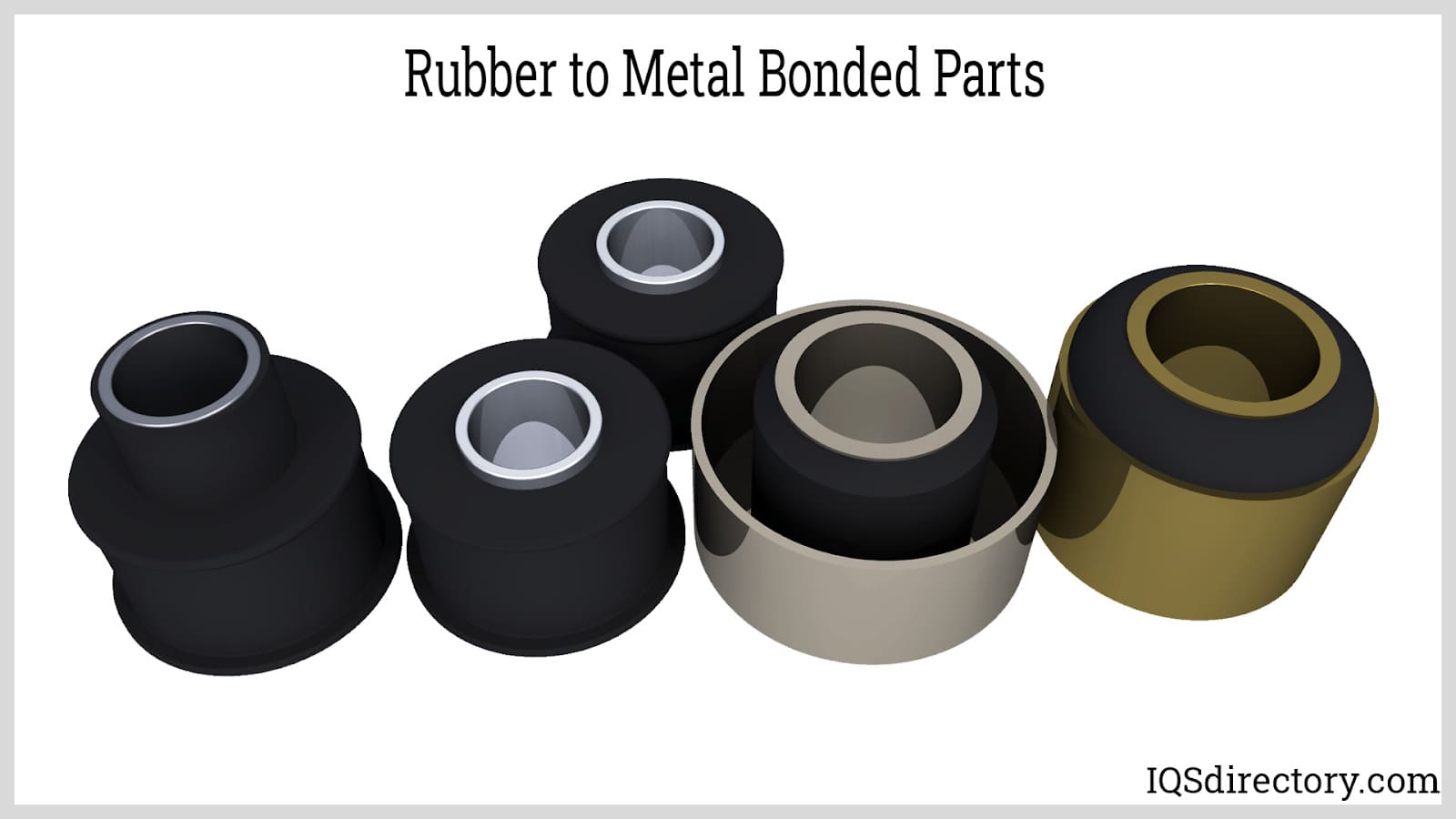
Rubber is attached to metal inserts in the mold during the molding process. The metal components are sprayed with a heat-activated adhesive before being placed in the mold. In many cases, the resulting bond is more powerful than the elastomer.
Different Rubber and Metals That Can be Bonded
Rubber materials or polymers can be joined with metal in various ways. Depending on the qualities they need, manufacturers select a polymer. For instance, a producer may use silicone if they require a flexible polymer. The six most frequently used in metal rubber bonding are natural rubber, fluoro-elastomer, ethylene-propylene, nitrile, neoprene, and silicone.
There are numerous metal choices as well. Manufacturers will select certain metals depending on how the rubber component will be used. Aluminum is a good option for manufacturers looking for cheap, robust material; however, steel, brass, beryllium, and copper are also frequently used.
Rubber to Metal Bonding Process
Metal inserts are prepared using degreasing equipment to clean off contamination. Next, heat-activated glue is sprayed on the metal inserts using a method similar to spray painting. After processing, the metals are inserted one by one into each mold cavity. Special magnets are built inside the mold to hold inserts in place while the mold is being loaded.
When an insert is encapsulated in the rubber, special chaplet pins will suspend the insert. Rubber can then encapsulate the metal. The rubber molding procedure starts after the metal inserts are in place. The metal adhesive is activated after the mold is sealed and molding starts, which enables the metal to adhere to the rubber.
Rubber to Metal Bonding Methods
Encapsulation
Encapsulation is also referred to as "insert moulding." Before the rubber is added, a metal insert will be put in a mold to complete encapsulation. As a result, a portion of the finished product will have hardly noticeable metal. This process is frequently used to create components like o-rings that use wiring.
Over-molding
Overmolding is when rubber is molded on a metal substrate. Both the rubber and metal will be visible in an over-molded item. This enables manufacturers to produce additional rubber and metal layers as necessary. One of the most frequently over-molded elements is a seal.
Transfer Molding
In transfer molding, metal parts are placed manually into a heated mold. The transfer mold's well pot is then loaded with material. The rubber is heated when the mold shuts, then transmitted through the runner—the gate sprues around the metal insert and into the mold cavities. The pressure and high temperatures cause the rubber to cure and vulcanize, allowing pieces to be removed. The transfer molding process has numerous advantages. First, tools cost less than injection molding machinery. It works well for complicated shapes. Finally, it takes less time to produce than compression molding techniques because of its reduced flash.
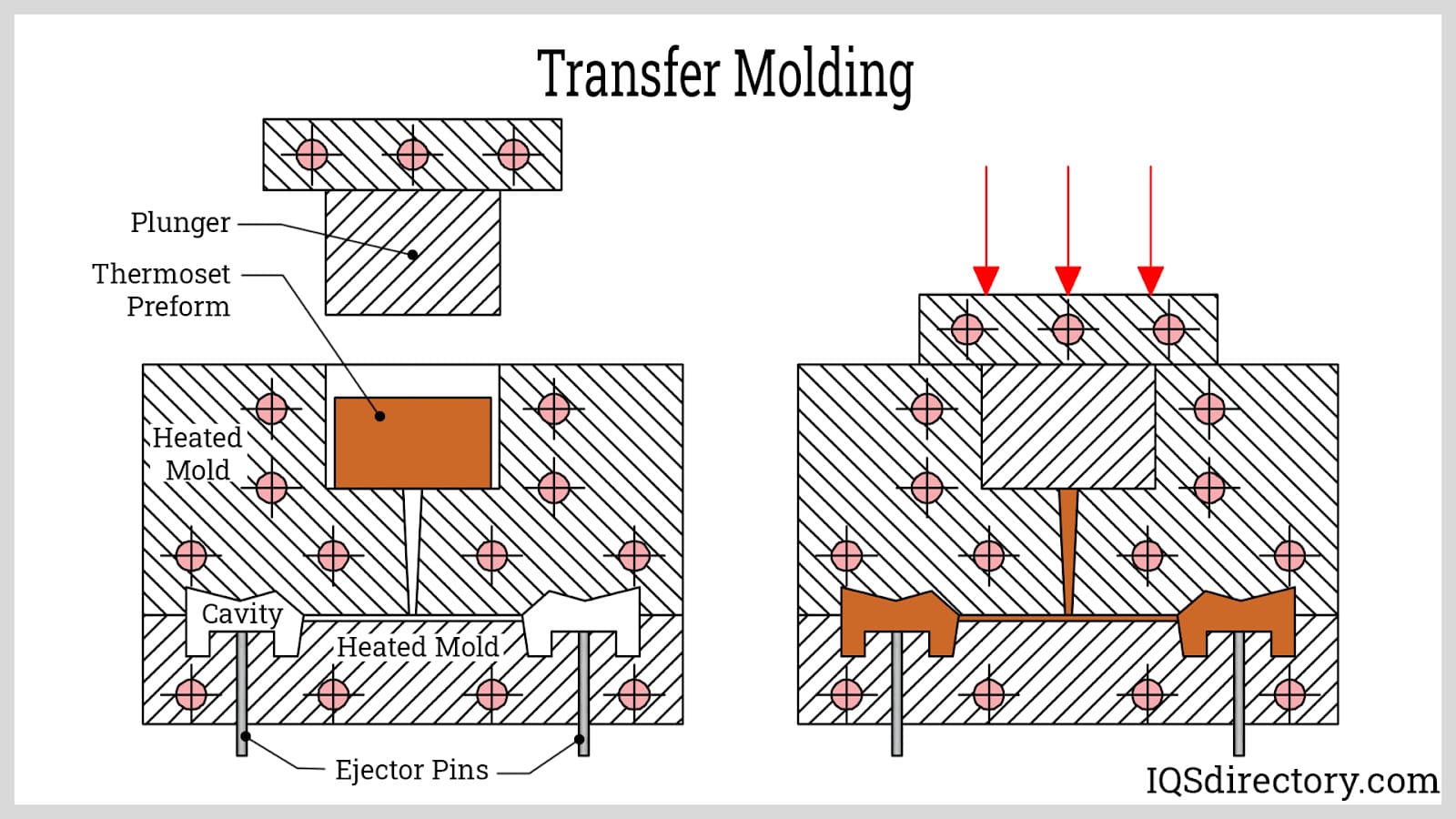
Injection Molding
Injection molding is a process that is also used in this approach of rubber-metal bonding. A metal item is first placed into the mold. The mold is then filled with a liquid elastomer. After the mold has undergone high pressure, temperature curing, and vulcanization, the portion is removed from the mold. Injection molding allows for quicker manufacturing times and is suitable for large quantities of goods.

Benefits of Rubber to Metal Bonding
After rubber-to-metal bonding, fewer components are needed during assembly. Fewer components are required because the rubber is directly connected to the substrates. Rubber-to-metal bonding optimizes the assembly process, creates materials with a longer lifespan, and creates corrosive-resistant substrates. The rubber-to-metal bonding can withstand a wide range of temperatures, enabling the bonded materials to be used under demanding circumstances without harm.
Choosing the Proper Bonding to Rubber Metal Company
To make sure you have the most positive outcome when selecting a bonding to rubber-metal company, it is important to compare at least 4 companies using our bonding to rubber-metal directory. Each bonding to rubber-metal company has a business profile page that highlights their areas of experience and capabilities and a contact form to directly communicate with the company for more information or request a quote. Review each bonding to rubber-metal company website using our proprietary website to get an idea of what each company specializes in, and then use our simple RFQ form to contact multiple bonding to rubber-metal companies with the same form.

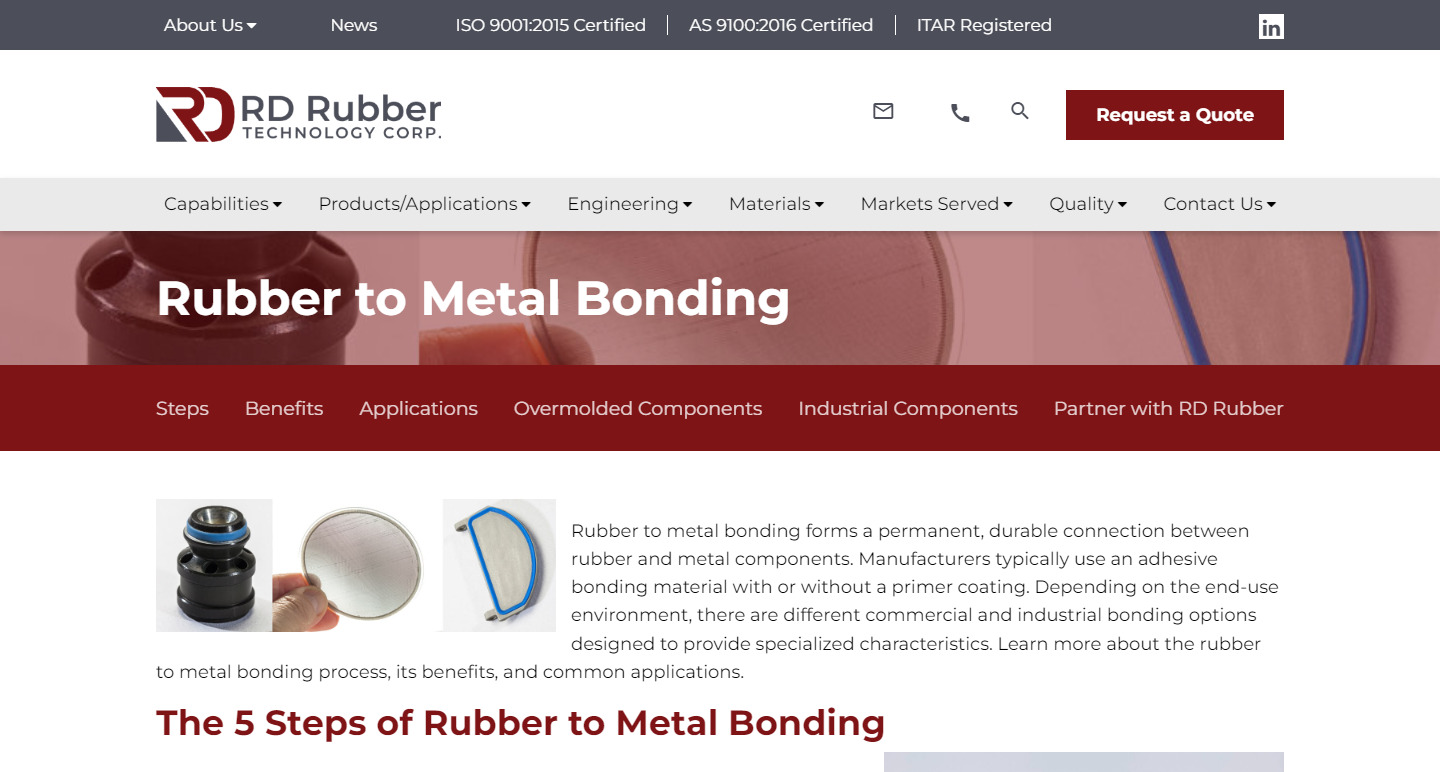
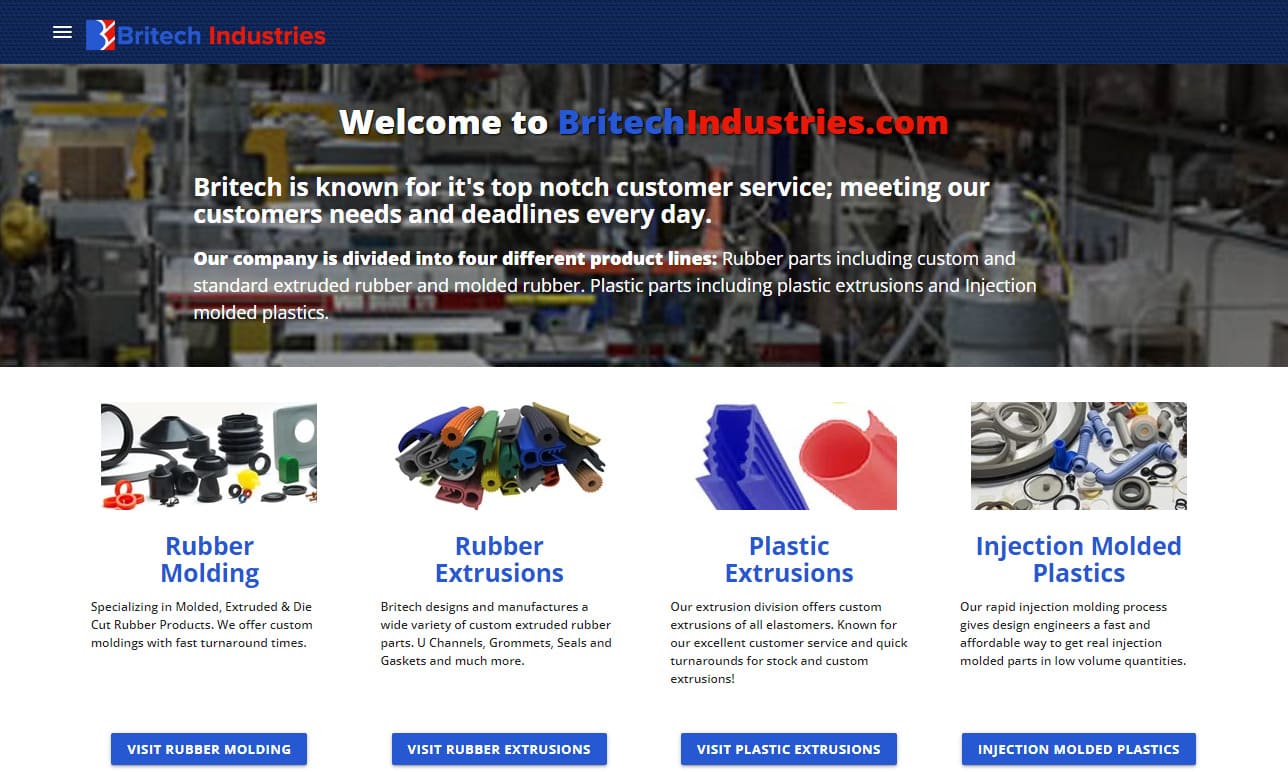

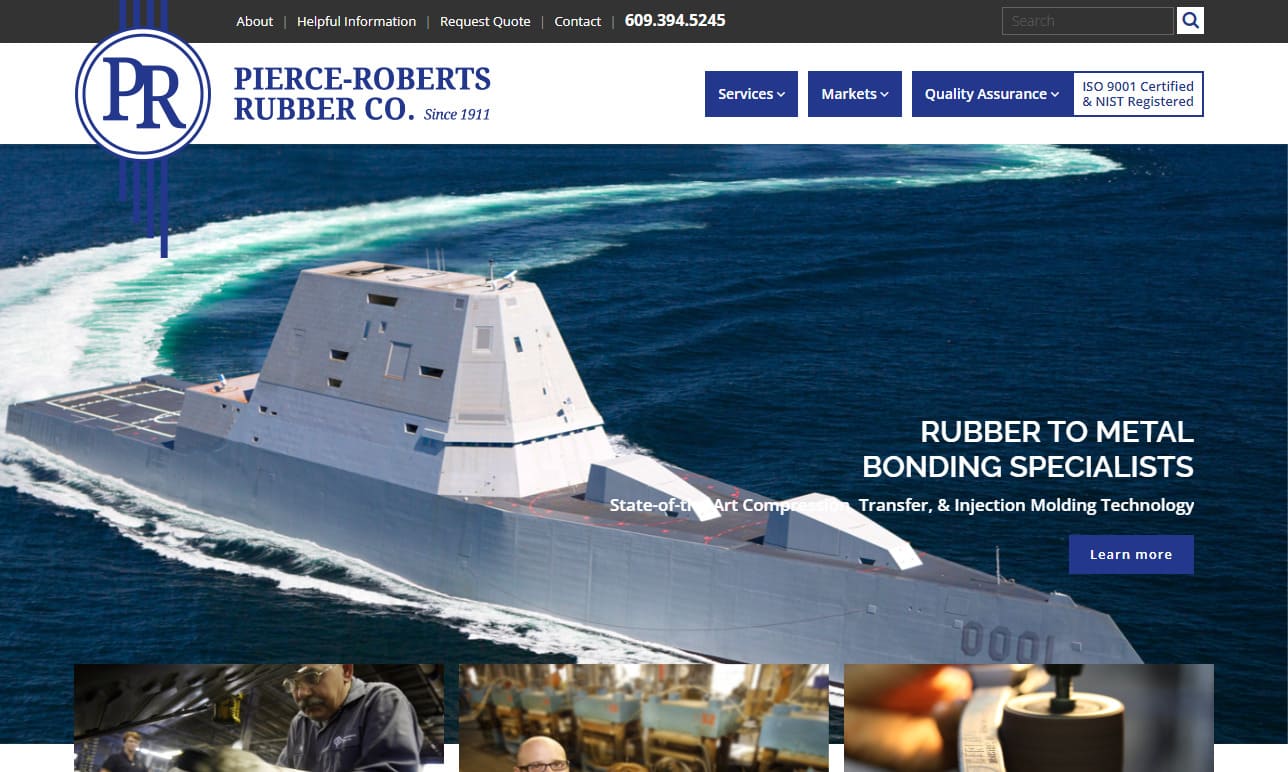
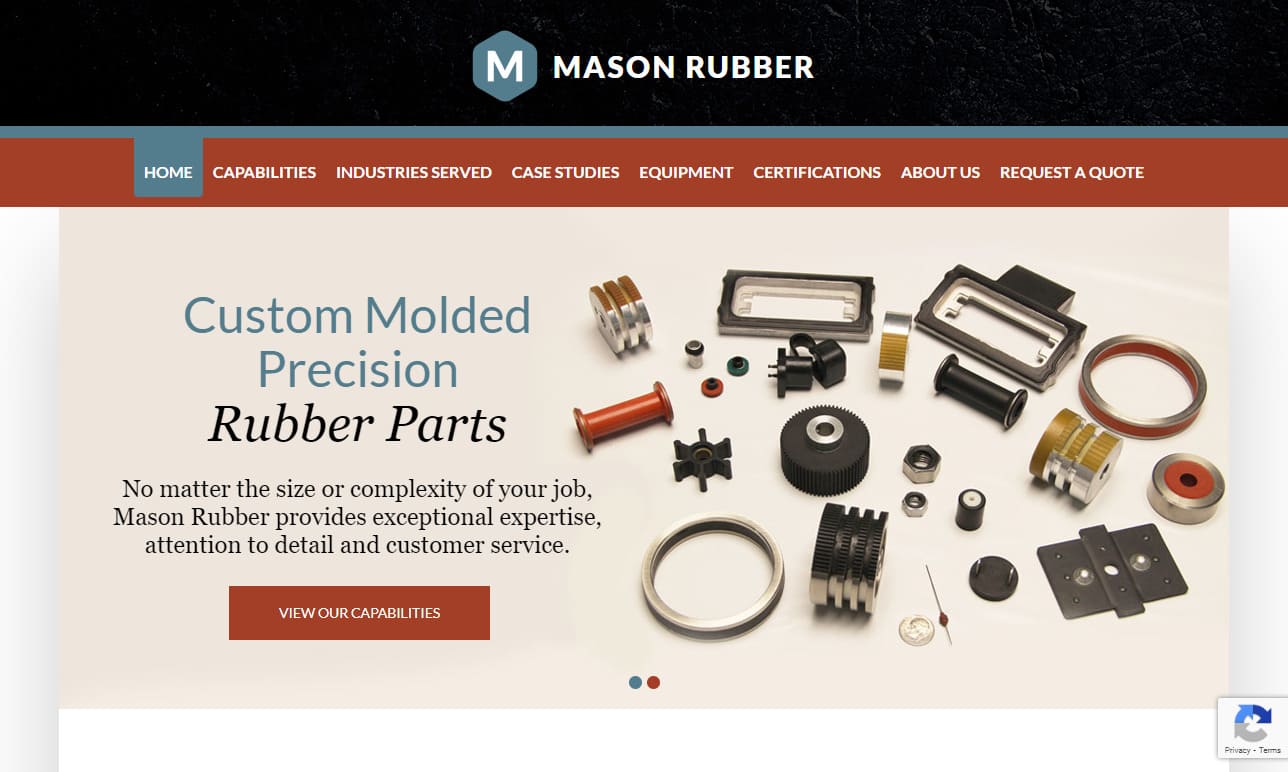
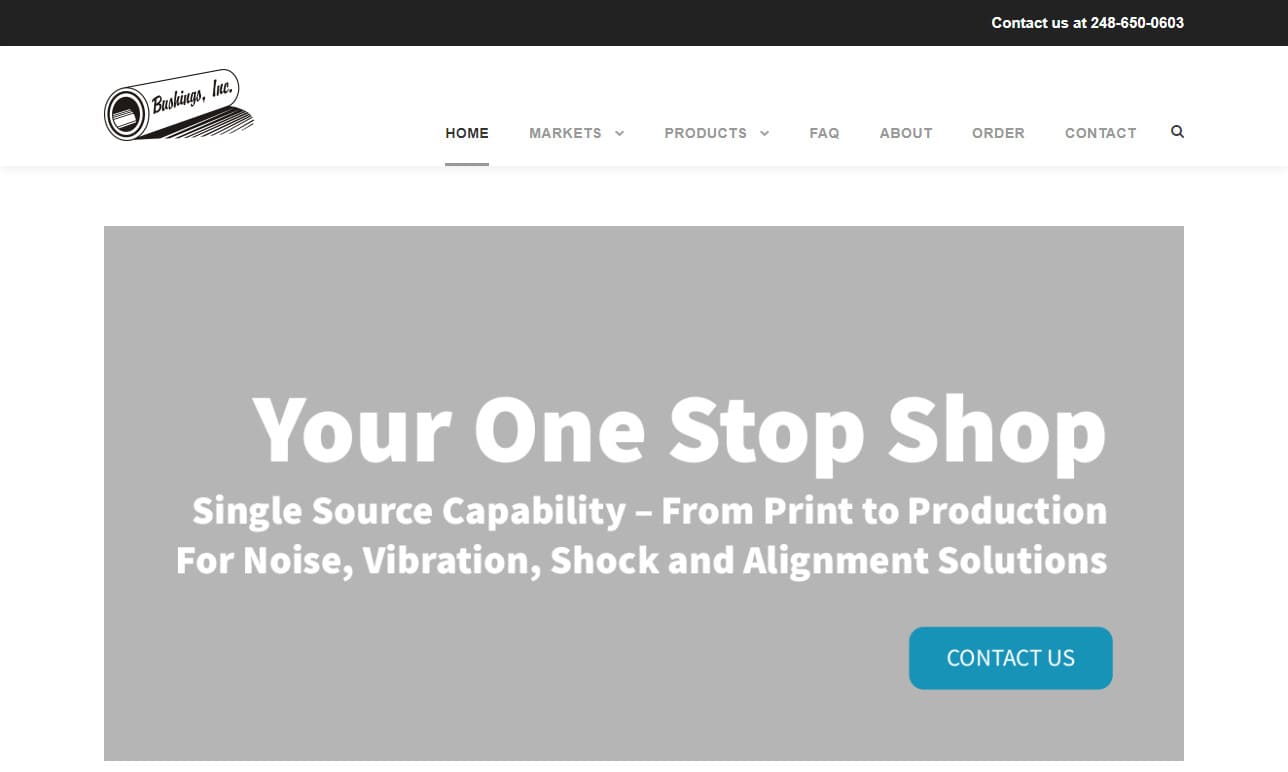
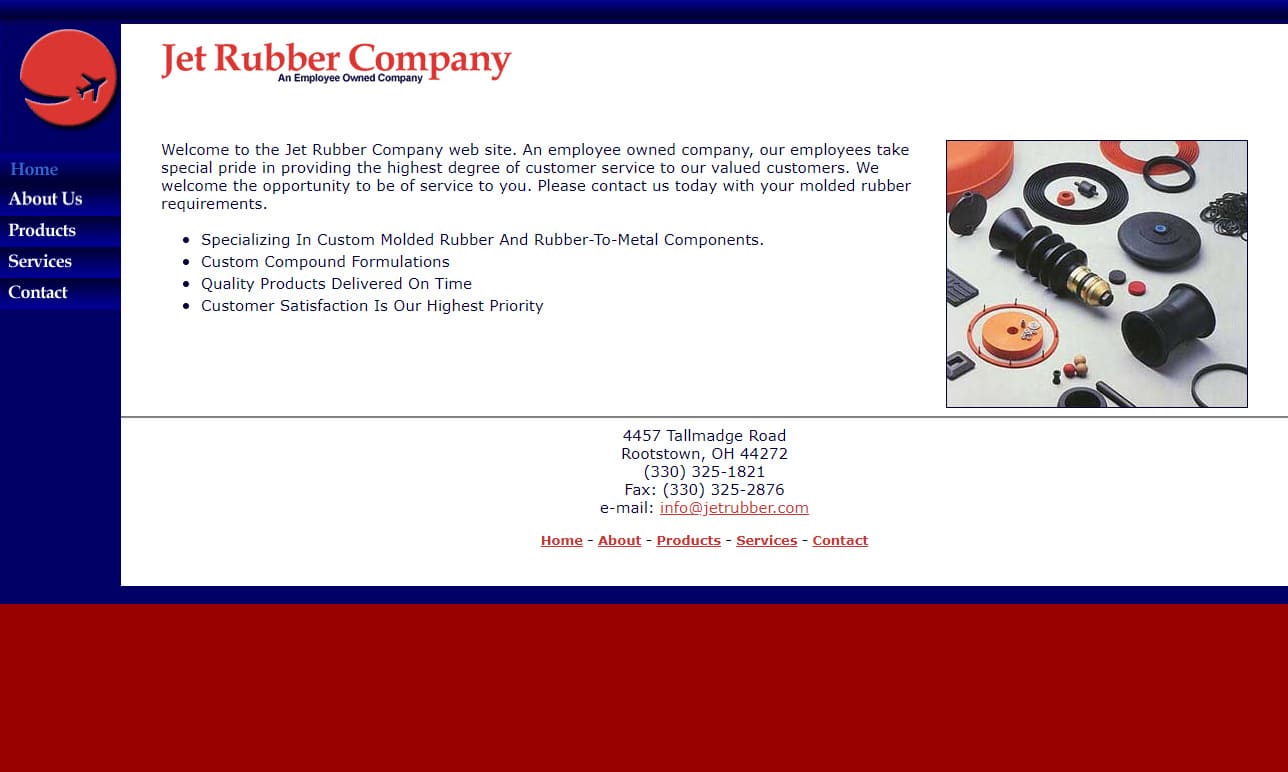
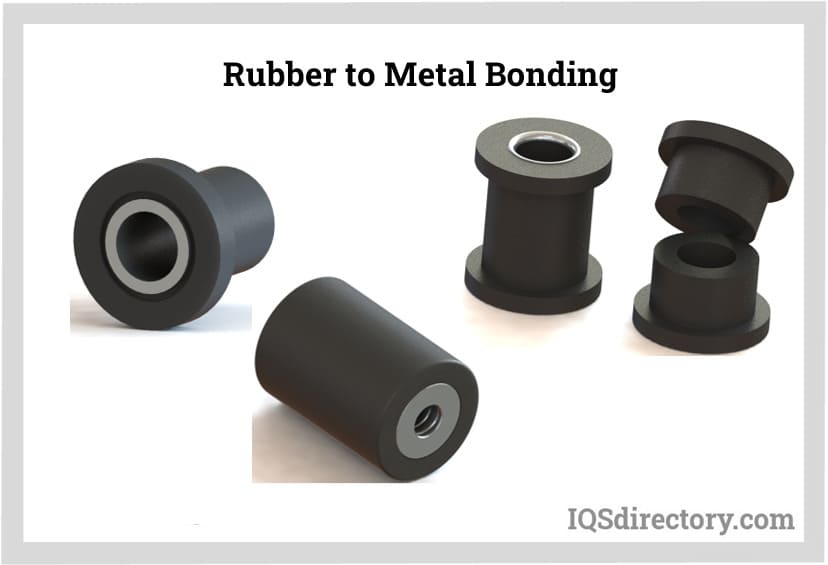
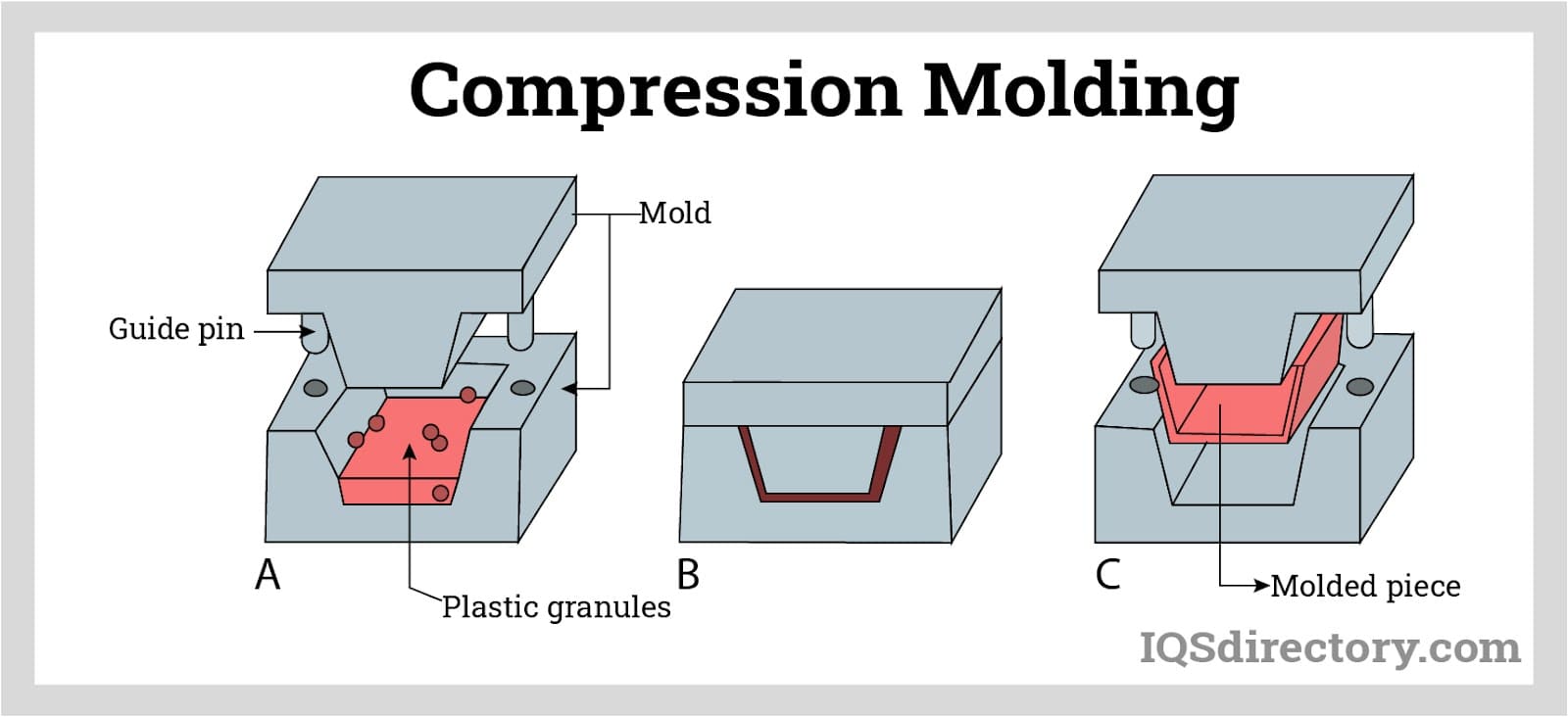
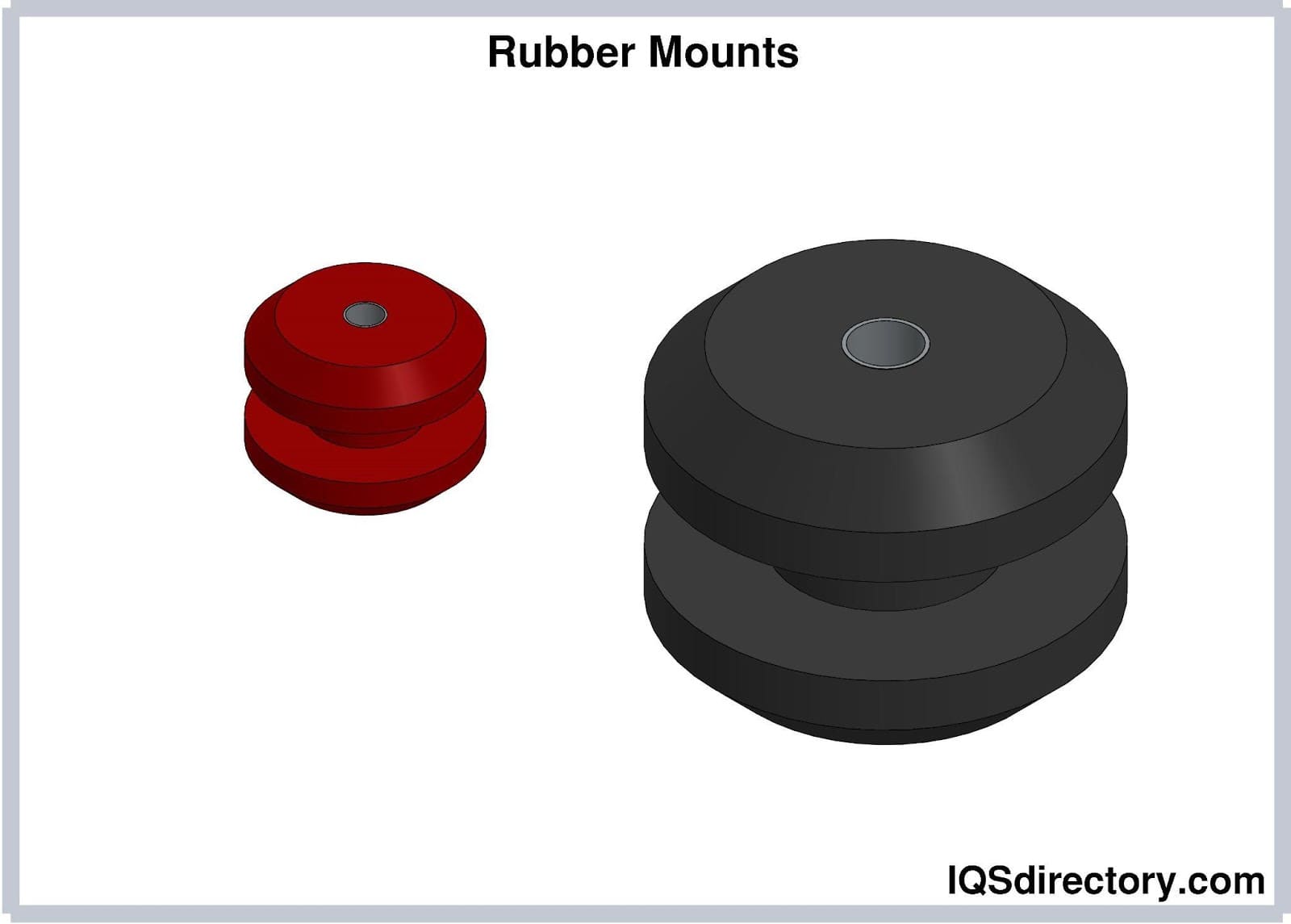
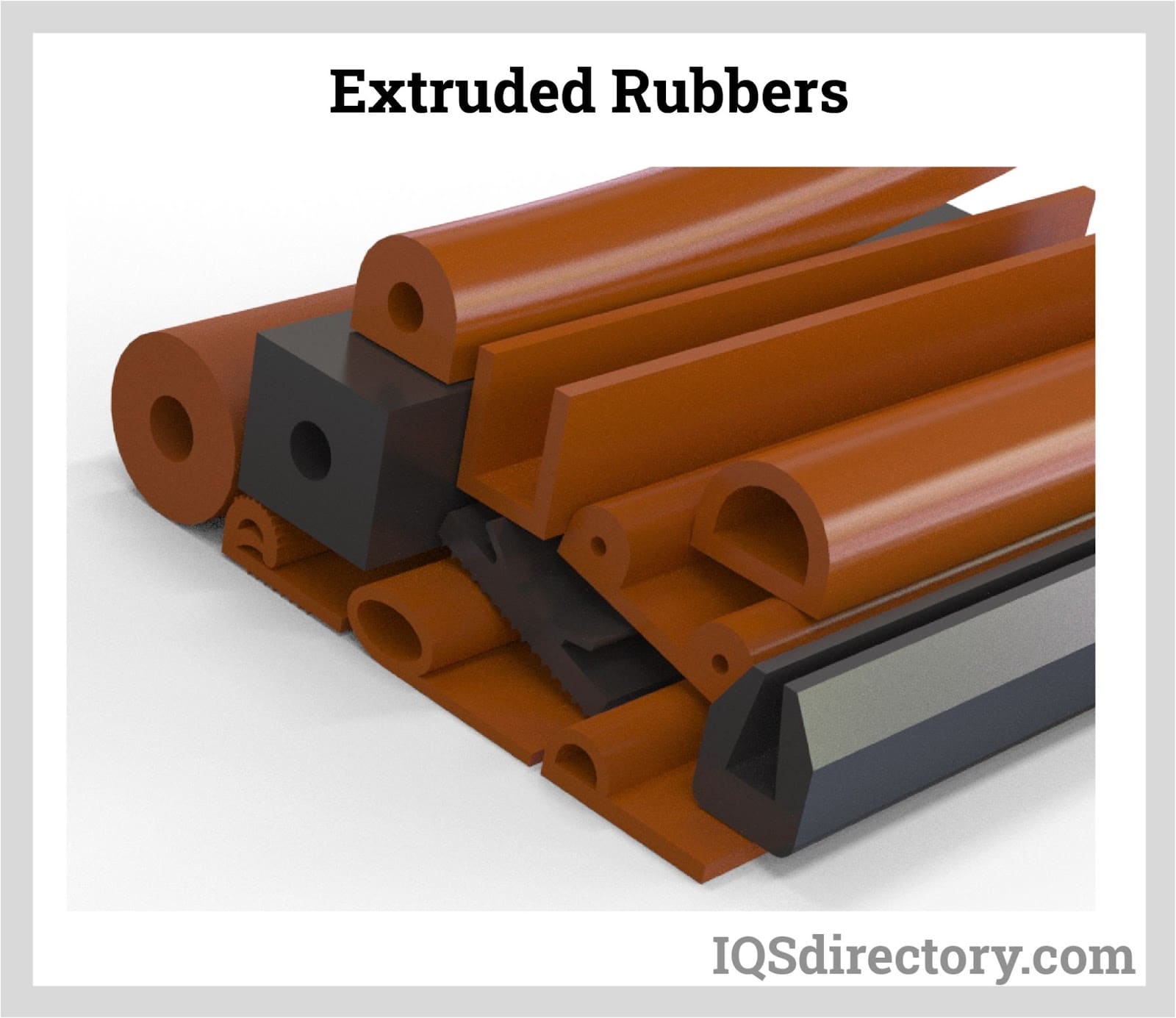
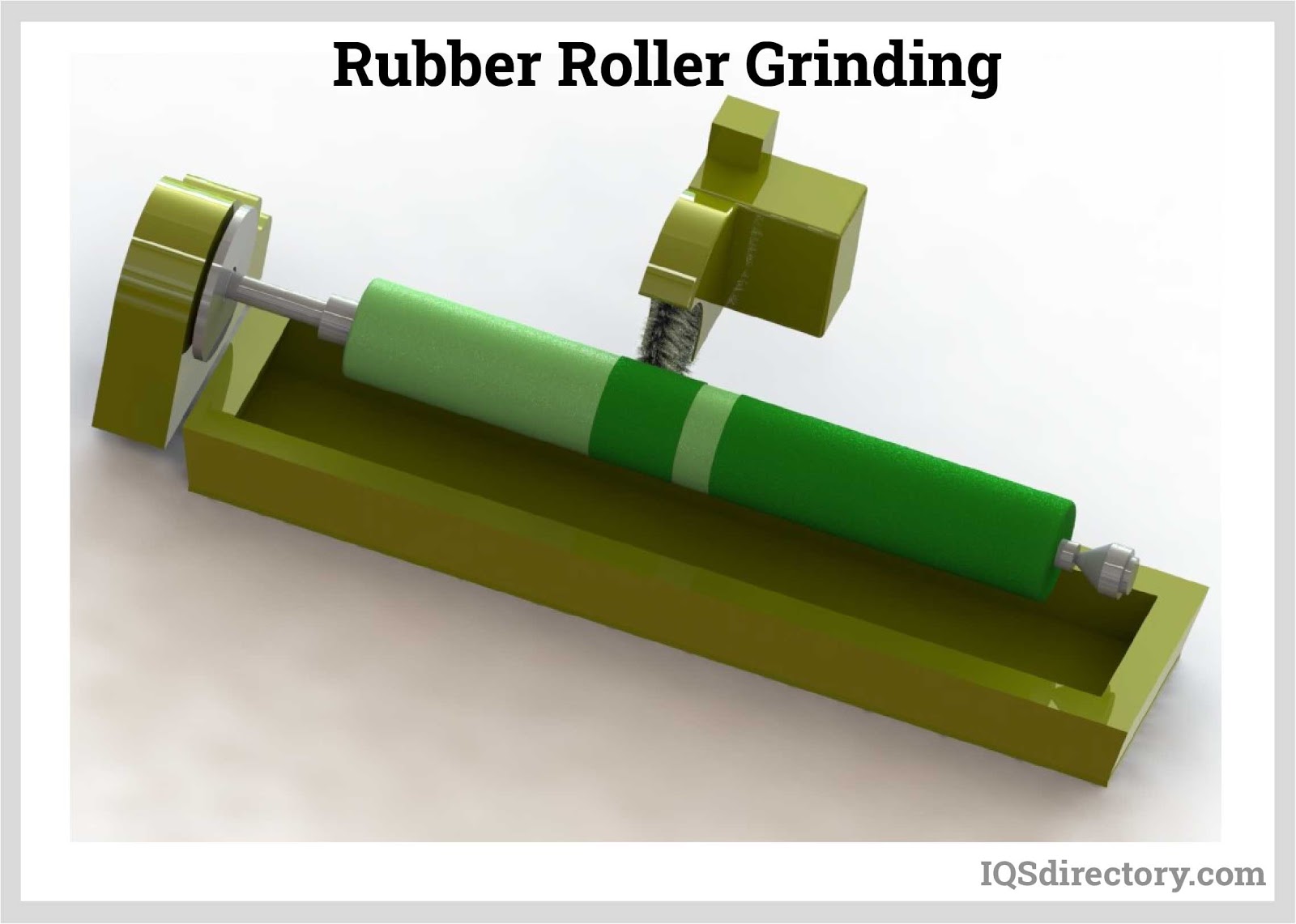
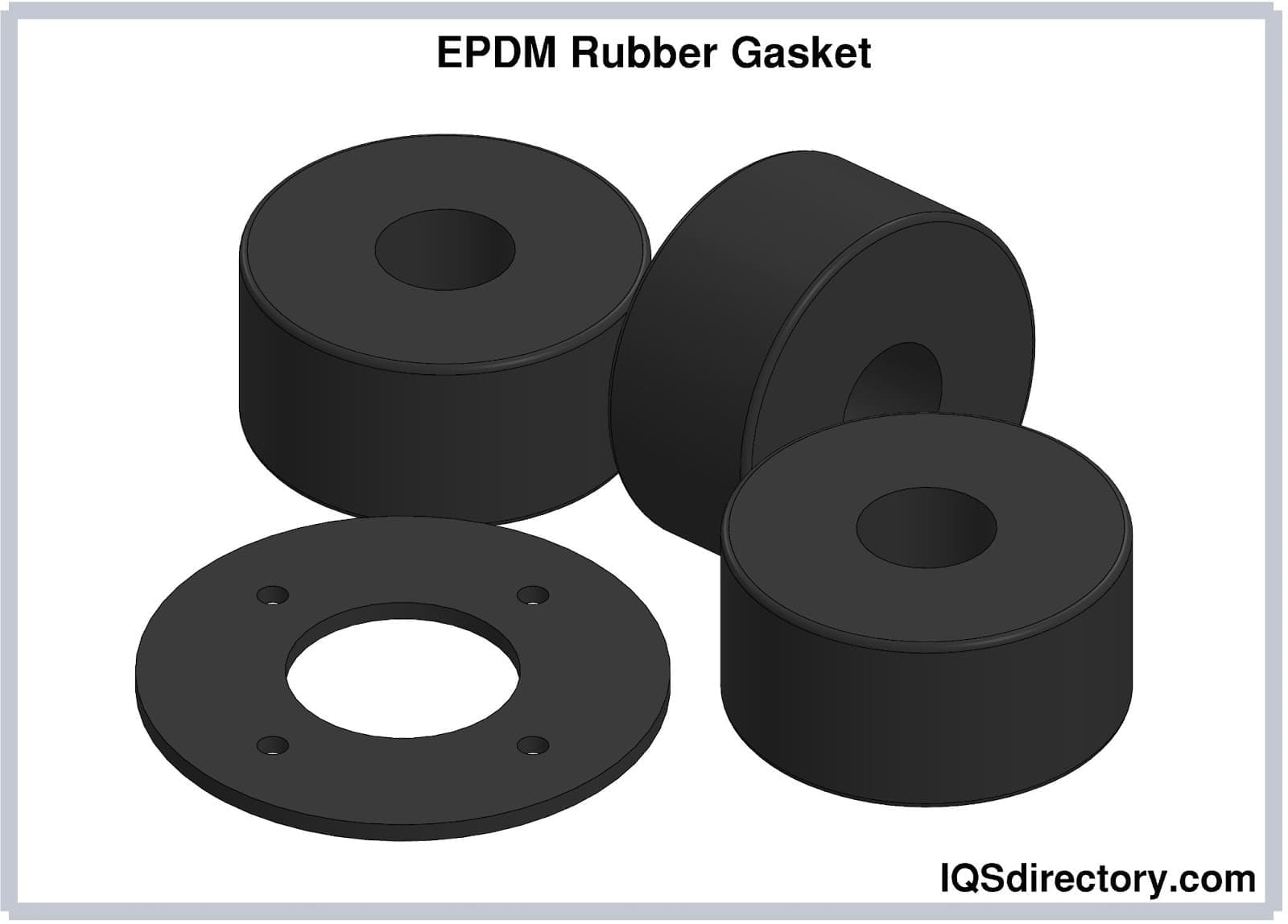
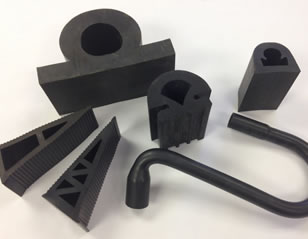 Rubber Extrusions
Rubber Extrusions Rubber Molding
Rubber Molding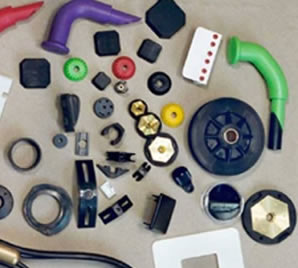 Rubber to Metal Bonding
Rubber to Metal Bonding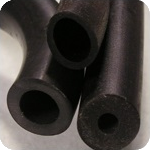 Rubber Tubing
Rubber Tubing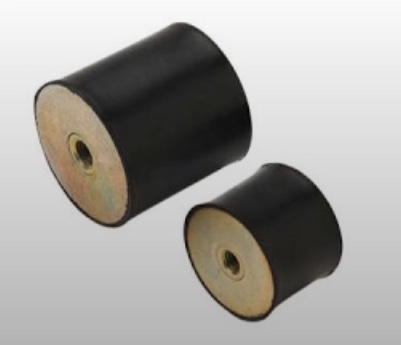 Vibration Absorbers
Vibration Absorbers Castings & Forgings
Castings & Forgings Bulk Material Handling
Bulk Material Handling Electrical & Electronic Components
Electrical & Electronic Components Flow Instrumentation
Flow Instrumentation Hardware
Hardware Material Handling Equipment
Material Handling Equipment Metal Cutting Services
Metal Cutting Services Metal Forming Services
Metal Forming Services Metal Suppliers
Metal Suppliers Motion Control Products
Motion Control Products Plant & Facility Equipment
Plant & Facility Equipment Plant & Facility Supplies
Plant & Facility Supplies Plastic Molding Processes
Plastic Molding Processes Pumps & Valves
Pumps & Valves Recycling Equipment
Recycling Equipment Rubber Products & Services
Rubber Products & Services